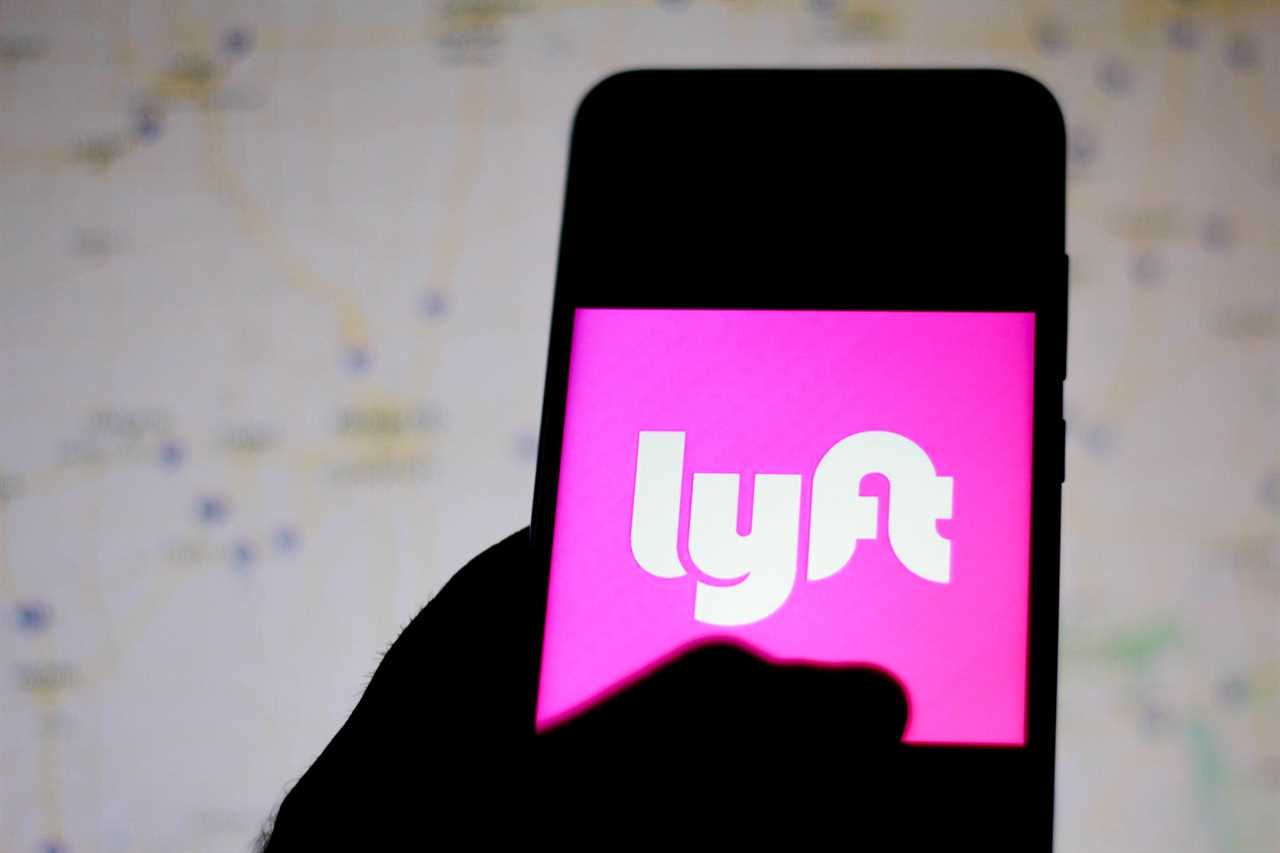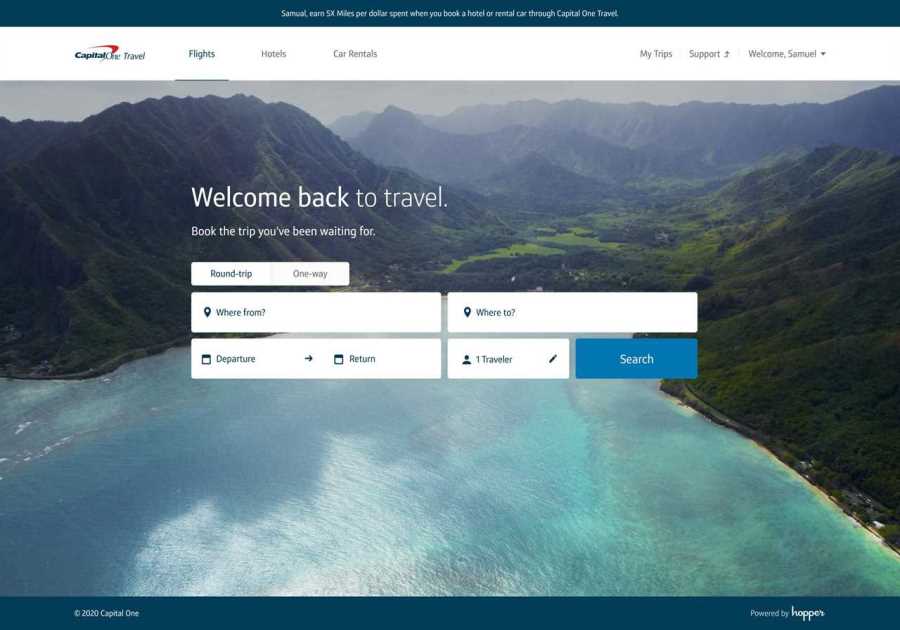HOSTED BY: 1 AIR TRAVEL
Editor’s note: This is a recurring post, regularly updated with new information and offers.
At TPG, you’ll hear staffers rave about their favorite cards for several reasons.
Some of us love premium travel cards with lucrative welcome offers and generous reward-earning structures. Others prefer low-key, no-annual-fee cards that earn flat rates on all purchases.
And some of us have a foot firmly planted in both camps.
I fall into this group. I combine my modest-annual-fee Blue Cash Preferred® Card from American Express (see rates and fees) with my Costco Anywhere Visa® Card by Citi (see rates and fees) and Chase Sapphire Reserve cards. Together, they provide excellent value and returns on everyday purchases I already make regularly.
THE POINTS GUY
The Sapphire Reserve is the latest addition to my wallet and began providing outsize value immediately.
Here’s the strategy I followed to maximize the benefits and perks attached to this card and what you should do once you get yours.
Earn the welcome bonus
First, I planned the ideal time to apply for the Sapphire Reserve. My main goal was to earn the sign-up bonus of 60,000 Chase Ultimate Rewards points by spending $4,000 within three months of account opening without worrying about meeting spending requirements on other new cards at the same time.
Based on current TPG valuations, this offer is worth a solid $1,230 — covering the card’s annual fee more than two times over.
With a credit score of over 800 and a solid credit history, I was confident in my ability to get approved for the Reserve card. The notice of approval came instantly, and I moved on to lining up the purchases that would help me reach the spending threshold needed to earn the sign-up bonus.
The very first purchase I used my card for was a $250 deposit for a New Year’s Eve family cruise. Because this was a travel purchase, it was covered by the $300 annual travel credit that comes with this card (although this purchase did not earn points as the travel credit isn’t eligible to do so).
I also put my card down for a couple of meals with friends and family, which added up to a few hundred dollars. And I used my Reserve card for general purchases, including gas, parking and grocery runs.
I also had to renew my passport recently, which cost $190 — $130 for the book and a $60 fee for expedited processing — and which I charged to my Reserve card.
As of publishing time, I have another $1,450 to go before I hit the $4,000 threshold. Luckily, a trip I’m planning abroad should bridge that gap.
Maximize benefits and earning rates
As a hobby chef, I love to cook and experiment with new recipes and ingredients, but sometimes, I want nothing more than to order in and call it a day.
When this happens, I usually order delivery on DoorDash. The $5 monthly DoorDash credit, in conjunction with a free DashPass subscription that comes with this card through the end of 2024, saves me a few bucks every time I click “Place order.”
Another bonus I really enjoy is the fact that you can let that $5 monthly credit roll over for a maximum of up to three months.
Remember that trip abroad I mentioned above? I plan to book that through Chase’s travel portal to earn 10 points per dollar on my hotel reservations and 5 points per dollar on the flights. Plus, the Reserve is an excellent travel companion since it has no foreign transaction fees.
dd the Sapphire Reserve to apps and websitesWith the ability to earn 3 points per dollar in a broad travel category (after using your $300 travel credit) and a solid dining category, the Chase Sapphire Reserve should be your top card for booking travel.
Have it handy not only when on a hotel or airline website but also when booking via online travel agencies such as Expedia and Orbitz since these purchases count in the travel category. Vacation rental sites, such as Airbnb and Vrbo, sometimes code as travel and earn 3 points per dollar spent.
It’s also prudent to set up the Reserve as your default card on your Lyft account since this counts as travel.

RAFAEL HENRIQUE/SOPA IMAGES/LIGHTROCKET/GETTY IMAGES
To make the deal even sweeter, Chase has partnered with Lyft to offer Reserve cardholders two years of free Lyft Pink membership to help save even more on rides. The cherry on top? You can also earn 10 Ultimate Rewards points per dollar on Lyft charges with your Sapphire Reserve through March 2025, which is like a return of over 20% on your Lyft purchases.
And if you have a monthly bill for a commuter train pass or parking at work, you might as well earn 3 points per dollar for those expenses, too. Make the Reserve your default card for these regular travel charges.
Not only do you get access to DashPass and a $5 monthly DoorDash credit, but the Reserve card earns 3 points per dollar on dining, as well — whether it’s eating out at a restaurant or ordering delivery. Just don’t forget to make your card the default payment on your account.
Related: How to earn 10 points per dollar on select dining with Chase Sapphire
ctivate additional benefitsTo get started with these particular Reserve benefits, do the following:
Log in to your Chase account.Select “Ultimate Rewards.”Select your Sapphire Reserve account.Select “Card Benefits” under the “Use Points” dropdown menu.From there, you’ll register for each of the benefits you wish to receive.

The Priority Pass lounge in Punta Cana. SUMMER HULL/THE POINTS GUY
Related: How valuable is a Priority Pass lounge membership?
Sign up for Global Entry/TSA PreCheck
Getting through U.S. Customs and Border Protection or airport security is one of the most dreaded parts of modern-day air travel, so use your Chase Sapphire Reserve to apply for either Global Entry or TSA PreCheck and make your trek a little easier. You’ll get the application fee waived, up to $100, when using the Sapphire Reserve to pay for either program.

Global Entry can help you pass through U.S. Customs much faster. KATHERINE FREY/THE WASHINGTON POST/GETTY IMAGES
Already have Global Entry or PreCheck? You can let a friend or family member benefit from your Chase Sapphire Reserve. Use your card to pay for their application, and the fee will be offset via a statement credit by Chase so long as you haven’t already used it on yourself or someone else.
Related: Global Entry vs TSA PreCheck: Which is better?
Bottom line
Because I plan to open more credit cards in 2024, I have to think strategically about which ones I apply for and when.
My approach to each card I apply for is essentially the same:
Create a game plan to earn the sign-up bonus. This includes deciding if annual fees, earning rates and bonus categories align with my spending habits and travel needs.Consider how upcoming travel plans can fit into maximizing my spending while also earning valuable points and miles I can put toward future use.Check if adding an authorized user to help boost my reward-earning power makes sense.Enroll in programs as needed to take advantage of the card’s benefits and perks.The crown jewel in my current credit card trifecta is the Sapphire Reserve — even with its hefty $550 annual fee — thanks to its myriad benefits, including a generous travel credit, high earning rates on travel bookings and stellar travel protections.
If you’re not quite ready to commit to a high annual fee, consider the Sapphire Reserve’s sibling, the Chase Sapphire Preferred, which features a modest $95 annual fee and is a TPG staff favorite.
To learn more, read our full review of the Chase Sapphire Reserve card.
Apply here: Chase Sapphire Reserve
For rates and fees of the Amex Blue Cash Preferred, click here.
Title: 5 things to do once you get your Chase Sapphire Reserve
Sourced From: thepointsguy.com/guide/to-do-once-you-get-sapphire-reserve/
Published Date: Tue, 13 Feb 2024 18:00:42 +0000






